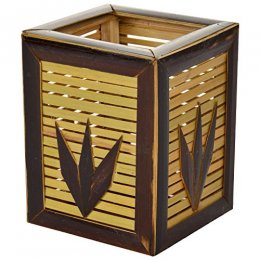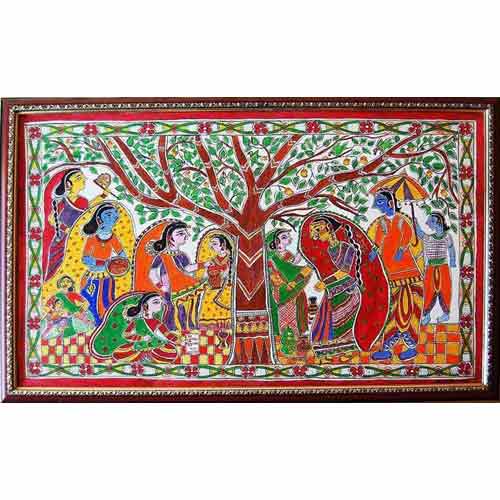
Assam Cane Handicraft Bamboo Pen Stand
Call for price
Handmade Wood and Bamboo: Preserving Traditions, Embracing Sustainability
Introduction: In a world where modernity dominates our environment, there is a quiet resurgence of appreciation for natural materials and traditional craftsmanship. Handicrafts made of sticks and shells stand as shining examples of this renewal. From intricately woven baskets to exquisitely designed objects, these timeless crafts not only reflect the craftsmanship of master artisans but also embody the principles of sustainability and materials a environmental considerations too about In this article we explore the wonderful world of bamboo and bamboo handicrafts Let us explore
Versatility and Functional Beauty: One of the exquisite characteristics of cane and bamboo handicrafts lies in their versatility. These materials may be woven, bent, and formed into a extensive variety of items, from family objects like chairs, tables, and lamps to ornamental portions including displays, baskets, and wall hangings. The craftspeople who paintings with cane and bamboo exhibit terrific talent in manipulating those substances, transforming them into practical and aesthetically fascinating creations that mix seamlessly with both traditional and cutting-edge interiors.
Sustainable and Eco-Friendly: In an generation whilst environmental consciousness is paramount, cane and bamboo handicrafts provide a sustainable opportunity to artificial and non-renewable substances. Cane and bamboo are rapid-growing vegetation that require minimum water and fertilizer, making them incredibly sustainable resources. Their harvesting does now not contain deforestation, as they can be selectively harvested without harming the determine plant. Additionally, their production processes have a lower carbon footprint in comparison to many different production techniques. By selecting cane and bamboo handicrafts, we make a contribution to the maintenance of forests and sell a extra green life-style.
Preservation of Traditional Skills: The art of working with cane and bamboo is deeply rooted in cultural traditions and craftsmanship. By helping cane and bamboo artisans, we assist keep these worthwhile competencies which have been handed down via generations. Many communities depend on cane and bamboo crafts as a supply of income and pleasure. By valuing and making an investment in these crafts, we ensure that traditional information and techniques continue to thrive, empowering artisans and fostering cultural renovation.
Conclusion: Cane and bamboo handicrafts weave collectively the threads of subculture, sustainability, and artistic excellence. They represent a celebration of the herbal international and a aware choice to embody eco-friendly materials. By assisting these crafts, we not simplest contribute to the livelihoods of artisans but also play a part in preserving cultural heritage and selling a more sustainable future. So, let us recognize and cherish the beauty of cane and bamboo handicrafts, appreciating their undying elegance and the profound stories they maintain within their woven fibers.






















